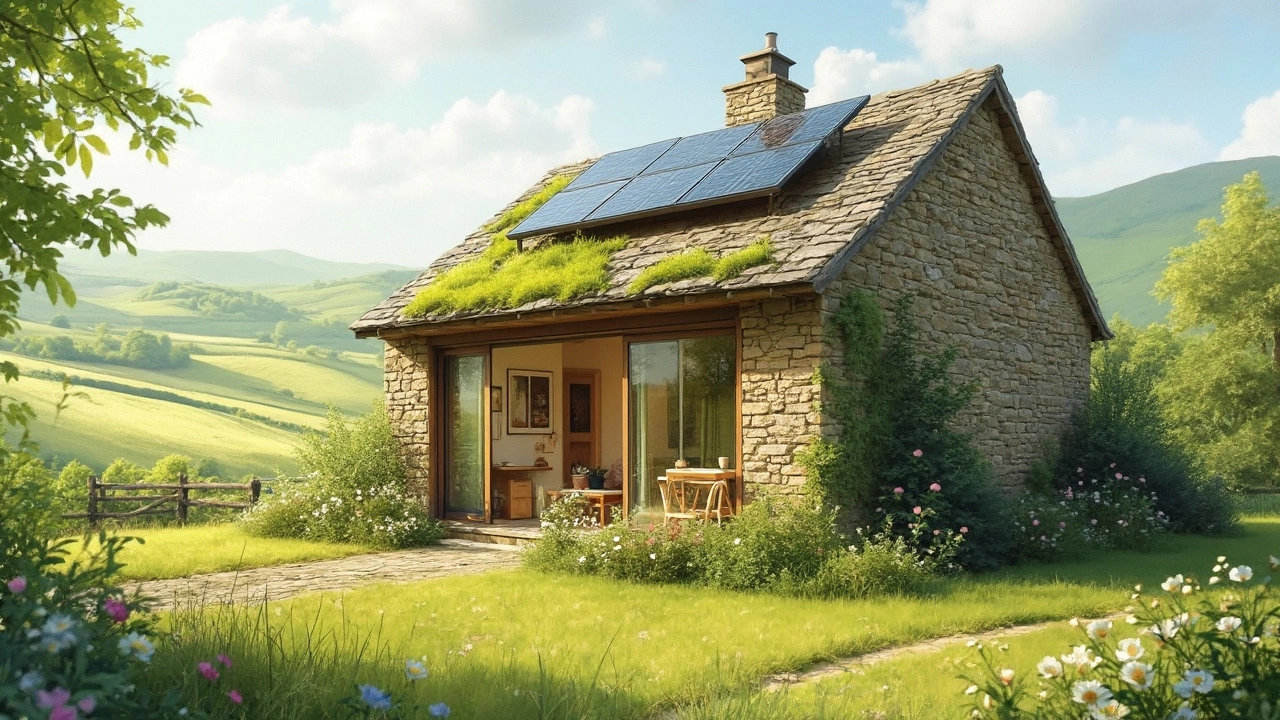
Building Costs – Simple Guide to Budgeting Your Home Build
Ever looked at a home‑building quote and felt the price jump on you? You’re not alone. Most first‑time builders are shocked by how quickly costs add up. The good news is you can control many of those numbers if you know where they come from.
What Determines Your Building Costs?
First off, land price is the biggest line item. Even a small plot can cost more than the house itself if it’s in a popular area. Next, the design you choose matters. A complex roof, extra corners, or lots of windows all mean more labor and more material waste.
Materials are the second big driver. Brick, timber, steel, and finishes each have their own price tags. Opting for premium stone countertops or custom cabinets can double that portion of the budget. Labor follows close behind—skilled trades charge per hour, and rates vary by region.
Don’t forget the hidden side: permits, utility connections, and site preparation. Sloping land, tree removal, or poor soil can add excavation fees you didn’t expect. Even a modest change after the build starts—like swapping a window size—can trigger a pricey change order.
Tips to Keep Construction Expenses Low
Start with a simple floor plan. A rectangular layout with a flat roof uses fewer studs, less roofing, and speeds up the build. Simplicity doesn’t mean bland; you can still add character with paint, landscaping, or smart lighting later.
Consider modular or prefabricated homes. Factories cut waste and labor costs, and the sections arrive ready to assemble. Many owners report savings of 10‑20% compared to traditional stick‑built houses.
Shop smart for materials. Bulk buying, local suppliers, or reclaimed wood can shave dollars off each line item. Ask for price breaks if you’re ordering large quantities, and compare at least three quotes before committing.
Plan every detail before the first nail hits the ground. A clear, written spec list reduces surprise changes. When you do need a change, negotiate early and get a written amendment to avoid surprise invoices.
DIY where you can. Simple tasks like painting, installing fixtures, or landscaping take a weekend and save labor fees. Just be honest about your skill level—mistakes can cost more to fix than hiring a pro.
Finally, build a contingency fund. Set aside 10‑15% of the total budget for unexpected items like delayed deliveries or weather‑related stoppages. Having that cushion prevents stress and keeps the project moving.
By focusing on these areas—land, design, materials, labor, and hidden fees—you can see where your money goes and where you have room to trim. The more transparent you are with yourself and your builder, the easier it is to stay on track.
Ready to start budgeting? Grab a spreadsheet, list your must‑haves, and use the tips above to flag any cost‑saving opportunities. A clear plan today means fewer surprises tomorrow, and a home you love without breaking the bank.
